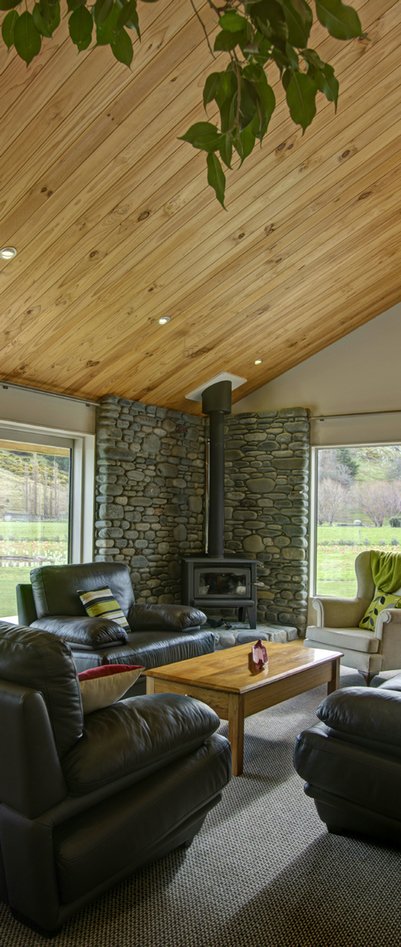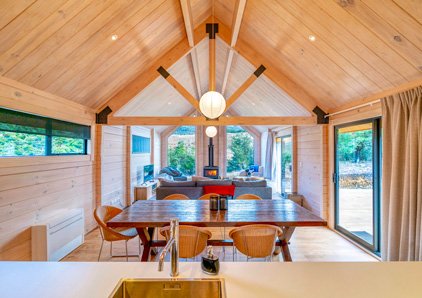

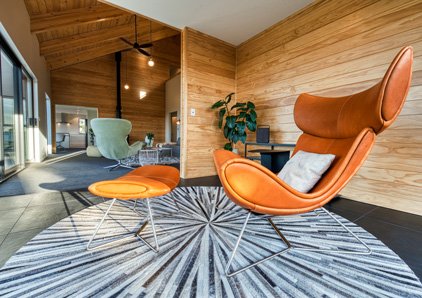
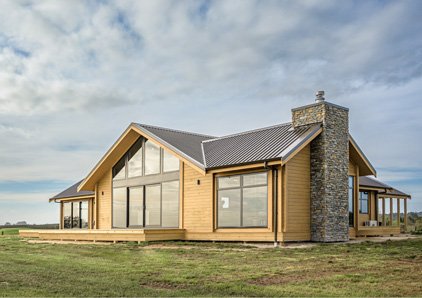
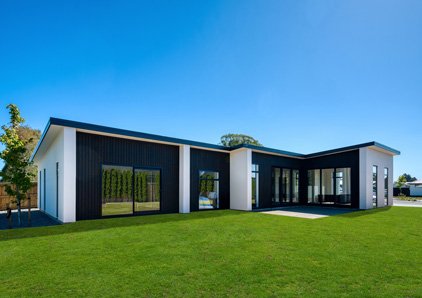

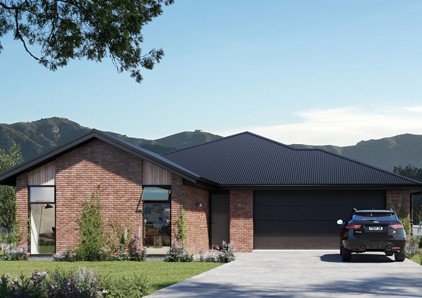
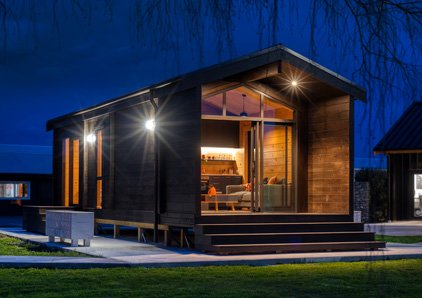
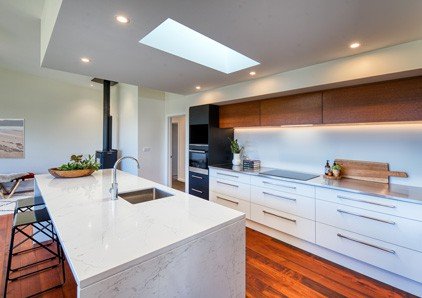
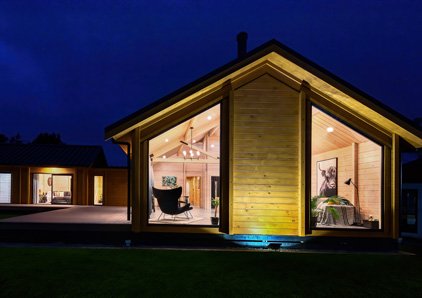

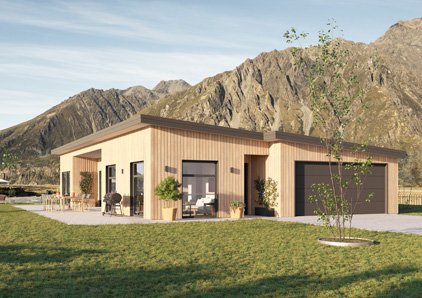

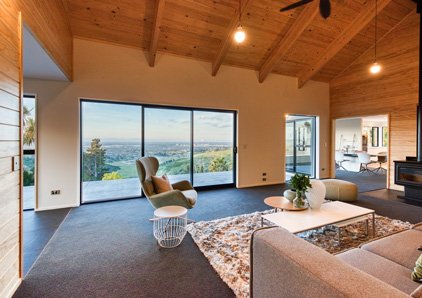
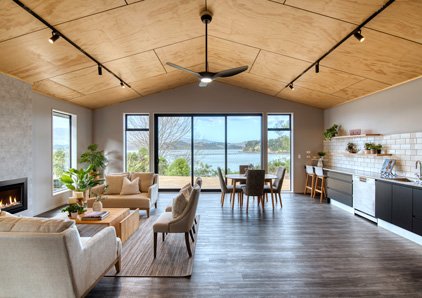
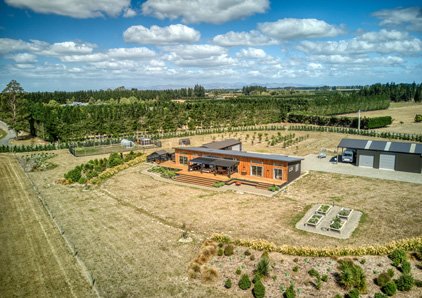
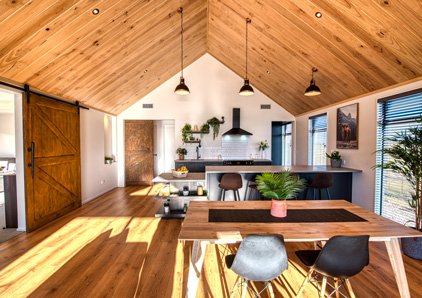


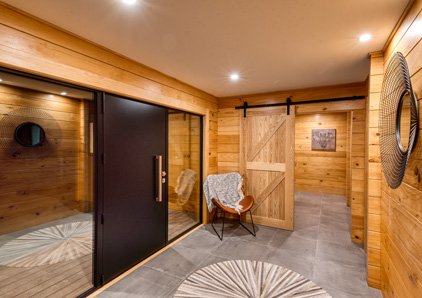


2. HOW TO STORE HEAT
Cost indication
Low to Med
Effectiveness rating
7/10
Once you have the sun’s warmth entering your well-designed home, the next thing to do is to store it.
The ability of a material to store heat energy is referred to as “thermal mass” and this is another important principle of passive design.
In practical terms, the idea is to expose a high-density material in your home’s interior, such as concrete, stone or yes - even solid timber - to direct sunlight. These materials all absorb heat from the surrounding air and then release the heat when the temperature in the room drops below that of the mass. When used effectively this can help maintain a more stable temperature inside your home.
A concrete slab floor is the most commonly used thermal mass, however a feature stone or concrete block wall is another option. If you are using a concrete floor as a thermal mass, you should never cover it with carpet, cork or timber as these materials have high thermal resistance. The concrete needs to be exposed (polished concrete) or covered with a high density material such as tiles, preferably dark-coloured tiles as light colours will reflect the heat.
It is also important to have insulation under your concrete mass so that heat moves up into your home rather than dissipating into the ground, as well as insulation on the ends of the slab to prevent heat escaping from the perimeter of the slab to the outside air.
